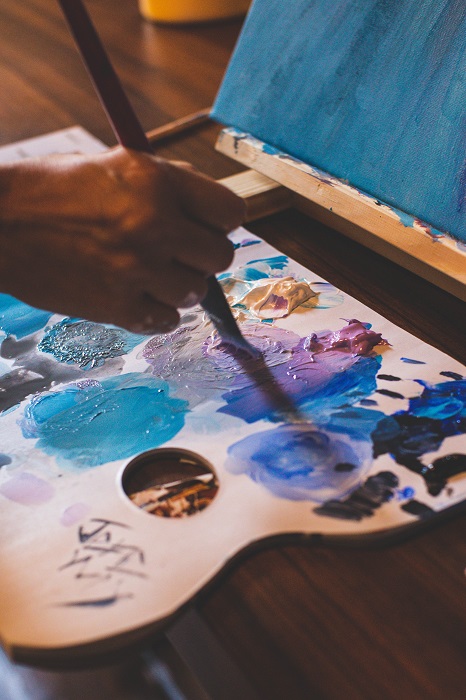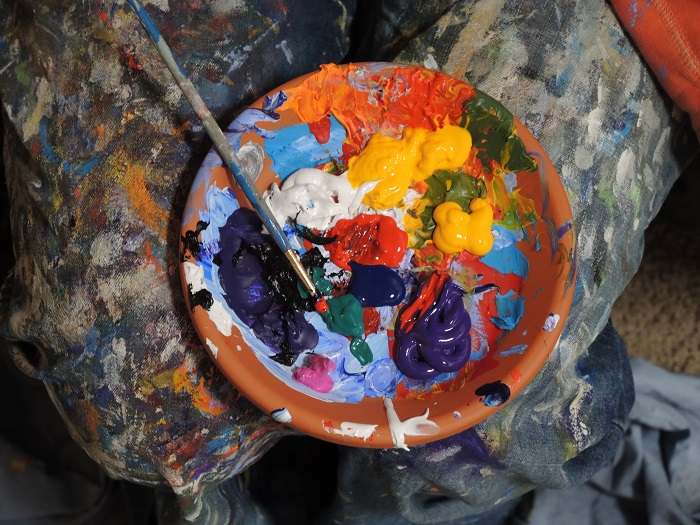Jean-Baptiste Gouraud gives us his expert opinion on the different properties of oil paint. During the first oil painting classes in art schools, students are often initiated into a particular drawing technique: painting the same still life, over and over again, for months on end. But if you look closely, you can see how important it is to work on a fixed subject while learning the technical side of oil painting.
If you persevere painting the same subject for a long period of time, you will eventually be relieved of the pressure of defining what is going to be in your painting, and instead, your creative thinking will be activated in the application of your paint.
Every brushstroke counts
If your attention is focused on the techniques of oil painting, you can begin to monitor the trace of each brushstroke; the way it directs the light, its thickness or fineness, and its meaning. When we look at a painting, we can see the brush marks and what type of brushes the painter used. Sometimes painters try to erase these marks and some artists even use rags. The movements of the brush on the canvas are like a signature, they can reveal the identity and style of each painter.
According to Jean Baptiste Gouraud, a painter’s style can be as complex to reproduce as the subject he paints. This is often the case when artists work with the technique known as “wet on wet”. A technique where wet paint is applied to a base coat of paint that is not yet dry.
When working in this style, it is difficult to overlay paint to create the illusion of a realistic image, so the tactility and fluidity of the paint expresses an idea or emotion in itself. Sometimes, as in Color Field painting, when a work uses large colour planes to create an emotional or atmospheric effect. Sometimes, instead of expressing a story through images, it is the way a painting is made that tells a story.

Working with a palette knife
The number one exercise we recommend for new painters is to create a painting using a palette knife instead of brushes. One of the most fundamental problems that arise is the presumption that drawing skills translate into painting. Beginners are often obsessed with the ideas of drawing and are quickly overwhelmed by the concerns associated with oil painting; that the material is not a dry medium, that colour can structure an image better than a line, that the surface of the material is half a painting, etc.
Using a palette knife takes you away from the ideas of precision and line, and you focus on how the back and forth of the brush and the layers of colour and shape can create an image. Our final tip, try to work on an area at least 22 by 33 centimetres, as a larger space can encourage you to make brush marks that are large enough and therefore safer. For more information on Jean Baptiste Gouraud click on the link below:
